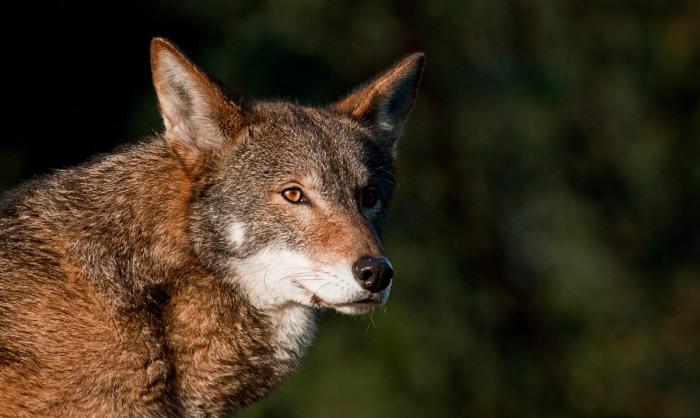
“In the 1970s, there were 14 pure-blooded red wolves left on the Gulf Coast in the Southern part of the United States. Therefore, it was decided to capture and move the individuals to captivity to develop a captive-rearing program. Subsequent generations from those 14 individuals were released in eastern North Carolina to reestablish a population in the wild, where they live today. After being fairly stable for a number of years, this "experimental population" has now declined over the last 5-10 years, so that there are now 15-20 pure-blooded individuals left in the wild. Unfortunately, based on experience, such a small population may die out because inbreeding occurs and because of the fact the red wolf mates with coyotes. When that happens, the offspring end up as hybrids that dilute the red wolf gene pool. The decline is also due to increasing pressure from humans, as some red wolves have been struck by vehicles and others shot because they are mistaken for coyotes.”
"It would be optimal to establish a new population of red wolves elsewhere in the country. But it is both expensive and requires many resources. Therefore, we are in a dilemma where we either must sterilize hybrids and coyotes in perpetuity or accept that the species is slowly being diluted because they mate with coyotes and thus lose their unique red wolf characteristics.”
Sean M. Murphy, Ph.D., Researcher, Wildlife Ecology and Conservation, Department of Forestry and Natural Resources, University of Kentucky